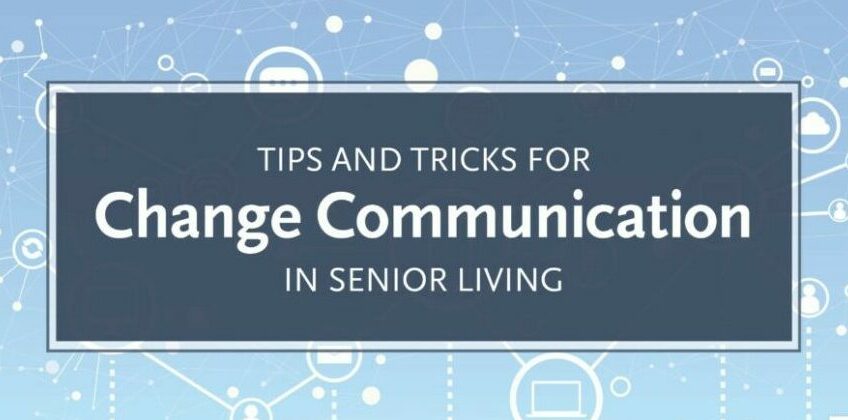Request A Demo
Get a closer look at how we can help you engage with success.
Senior Living

If 2020 has done anything for the human population, it has reminded us how vulnerable we are to change. The onset of the novel coronavirus, and consequently COVID-19, has uprooted a lot of what we have become comfortable with and shown us that adaptability is imperative. Attane is proud of our Crisis & Change Communications solutions that establish a framework for your community’s communication strategy, one that guides you through appropriately sharing messages with stakeholders while large-scale change is occurring.
REMEMBER: Change communication doesn’t begin at the point of change. “Change communication” means you’ve already put in place the processes and procedures to effectively communicate before, during and after a change occurs. Such an approach increases your opportunity to control audience perceptions and your reputation.
Let’s recap. What types of activities necessitate having a change communication plan in place?
To develop an appropriate change communication strategy, you must look deeper into human behavior and reactivity. The late Dr. Elisabeth Kübler-Ross was a Swiss-American psychiatrist, a pioneer in behavioral science, and an advocate for the hospice care movement. She was a brilliant woman who crafted the Five Stages of Grief (or Change), a model referred to throughout the years to help define the range of emotions associated with loss. You might be familiar with the following:
There are four steps to creating purposeful communication:
Armed with the information above, you can move forward with a nimble attitude. Change isn’t easy, nor is the ability to effectively communicate during times of intense pressure. Ensure that you’ve fully assessed the human needs and emotions involved with each change and focus on your purpose – The Why.
In the end, identifying and elevating individuals in your organization who can become change evangelists will humanize the distribution and approach to creating the foundation of your change communication platform.
For more information, feel free to contact us. We would love to have a conversation.
Get valuable insights delivered to your inbox